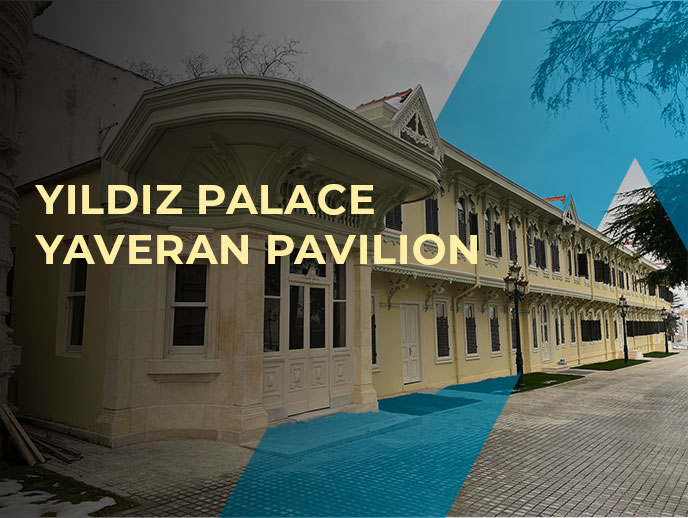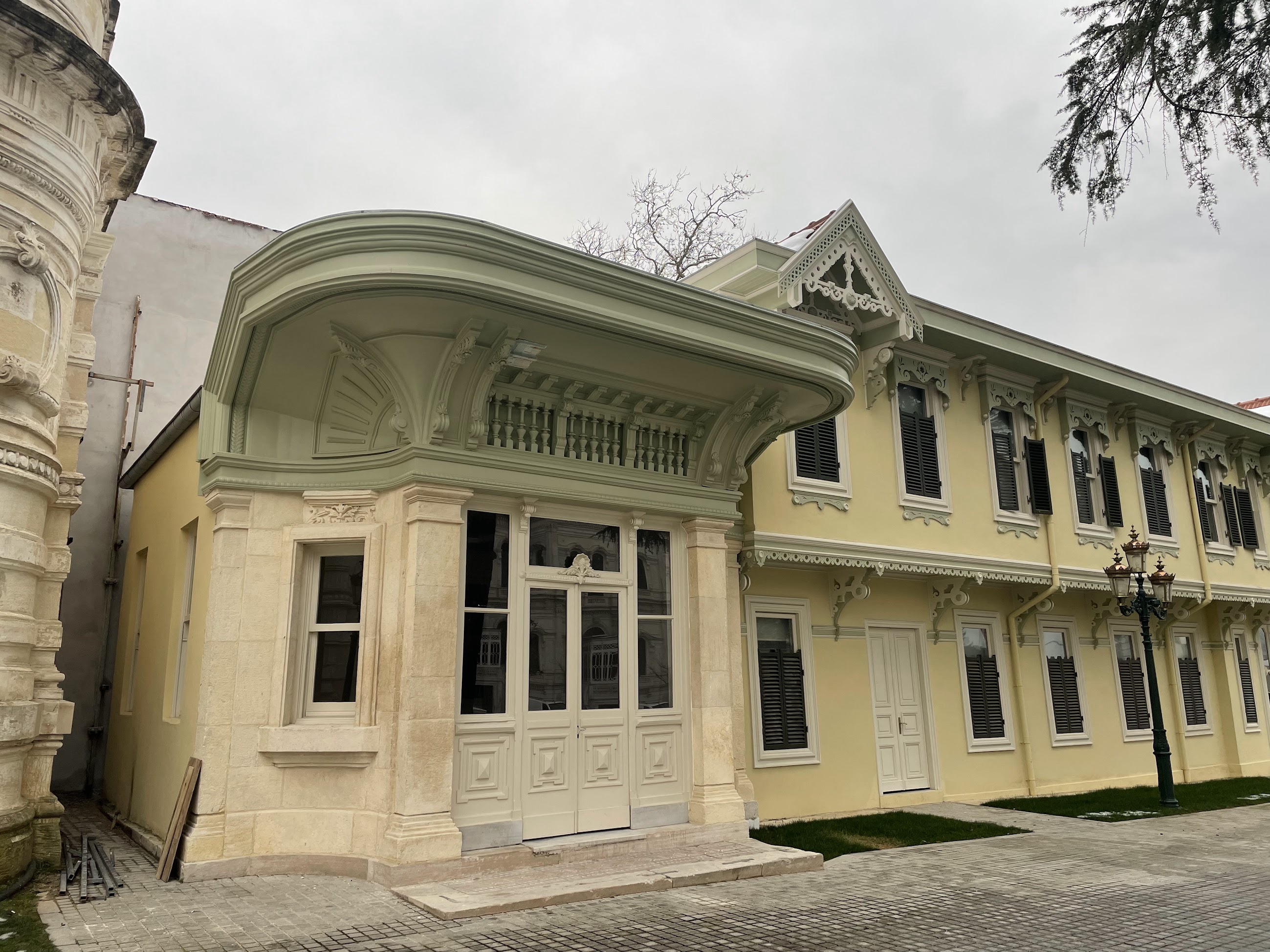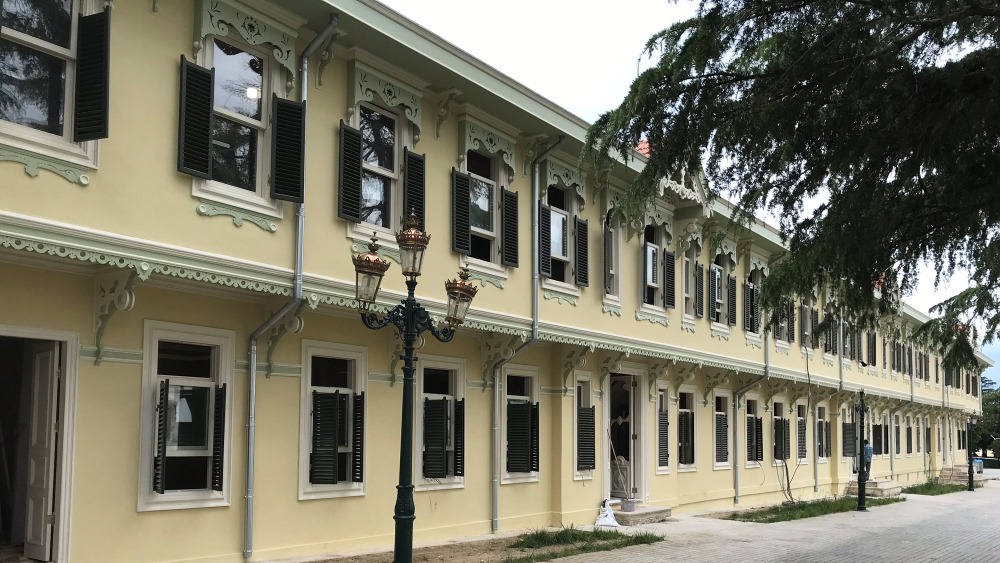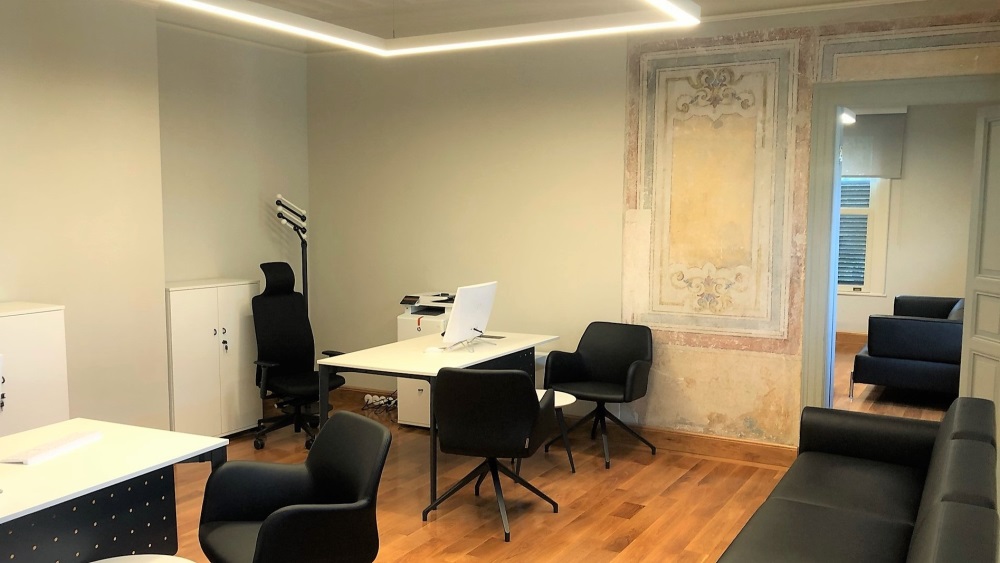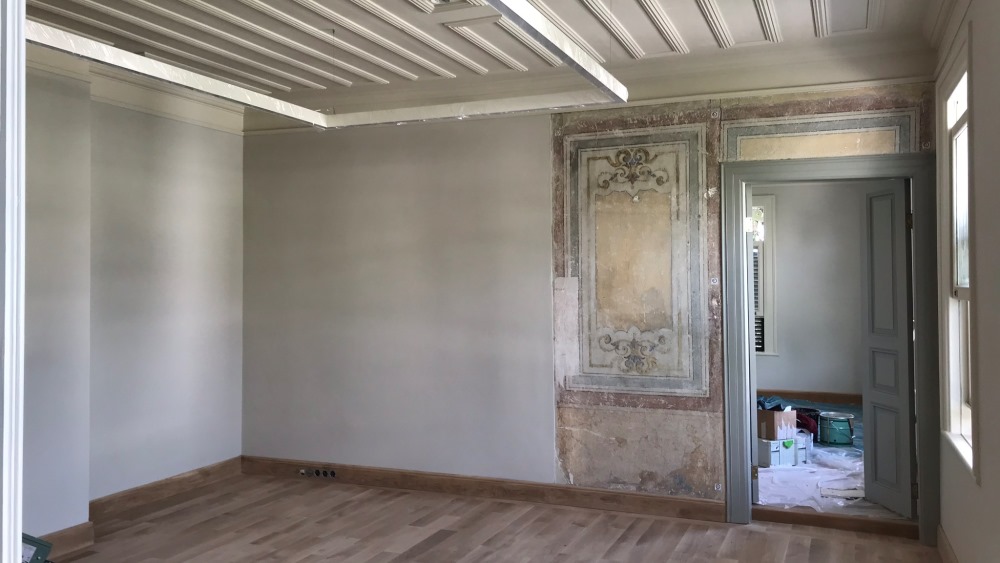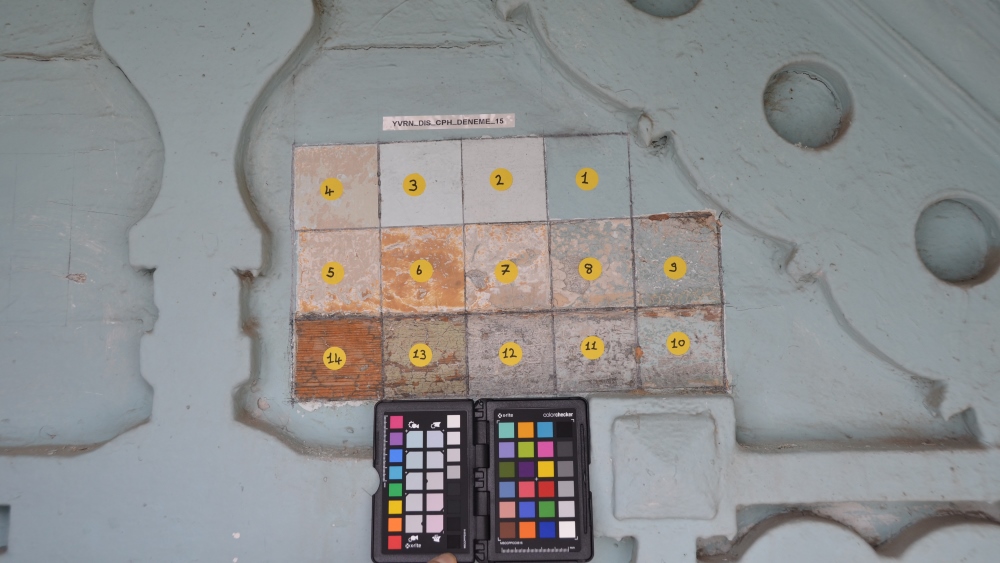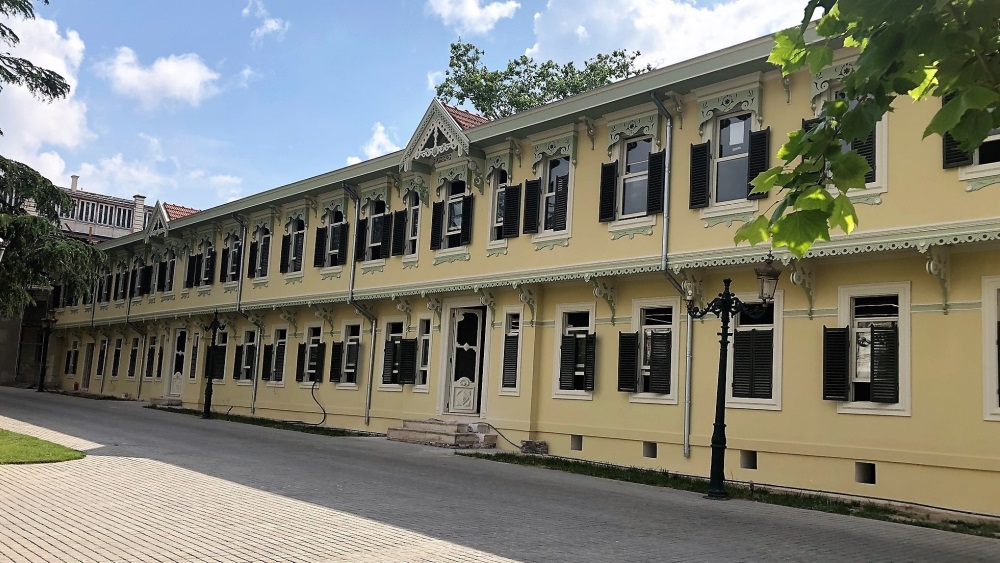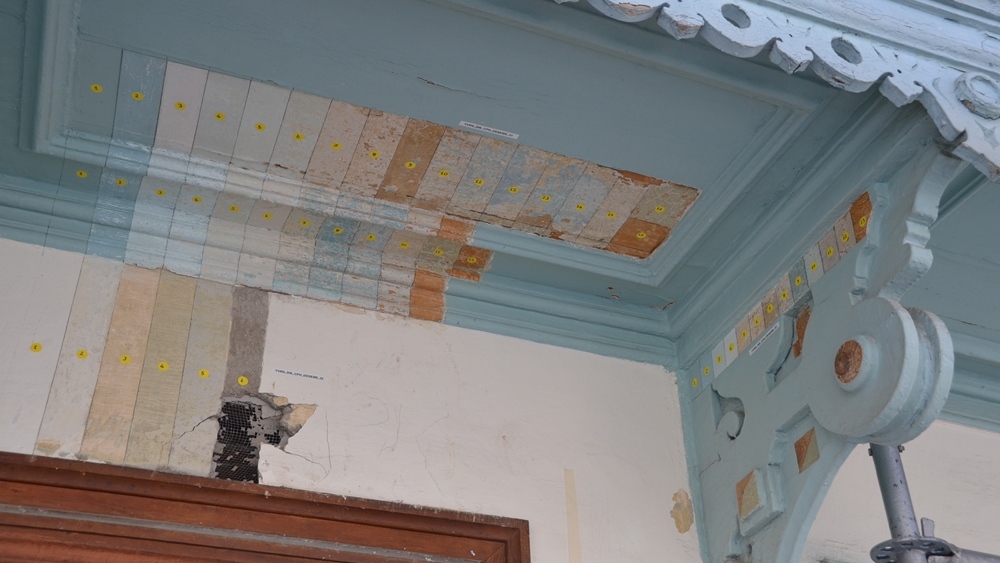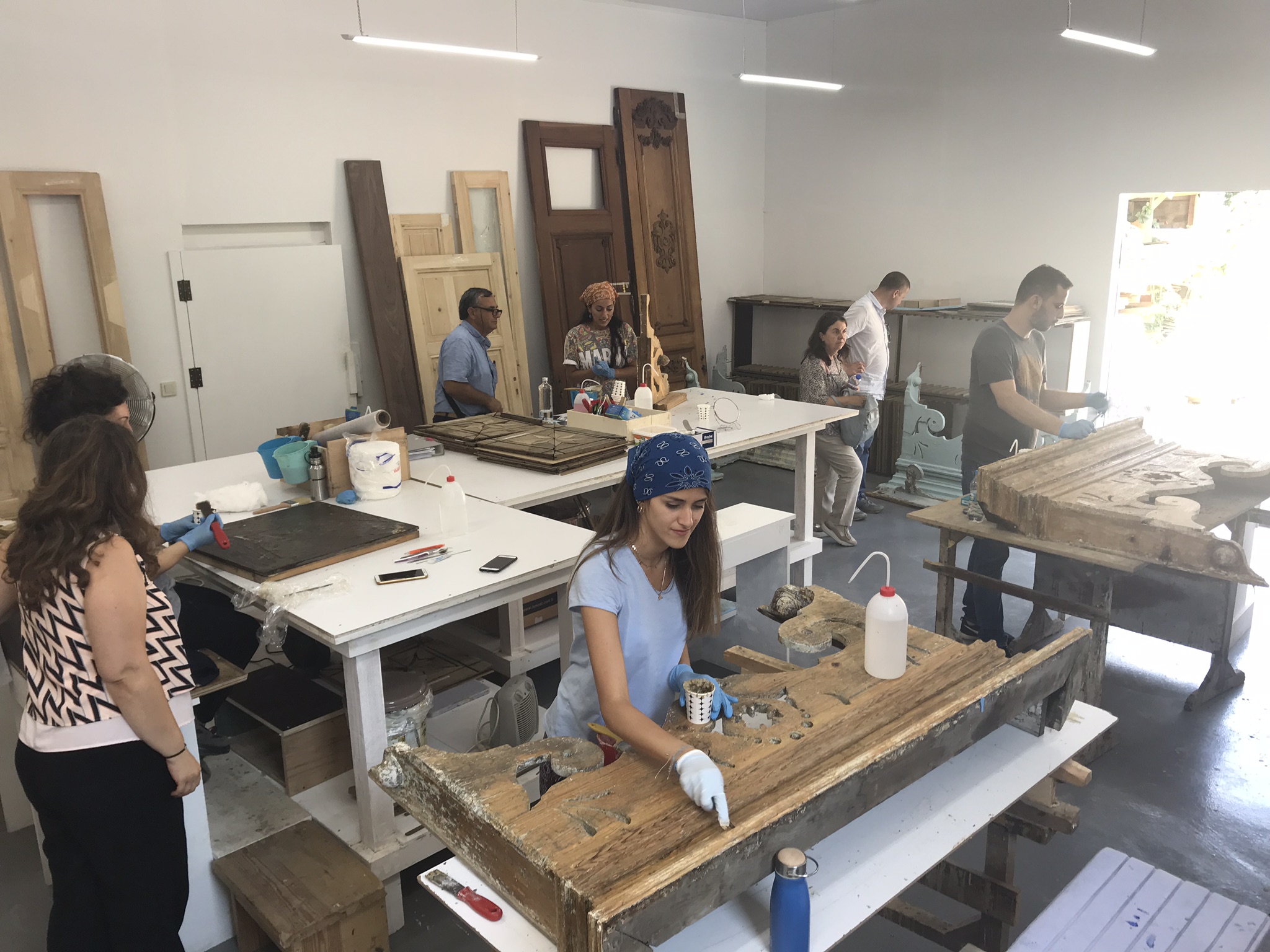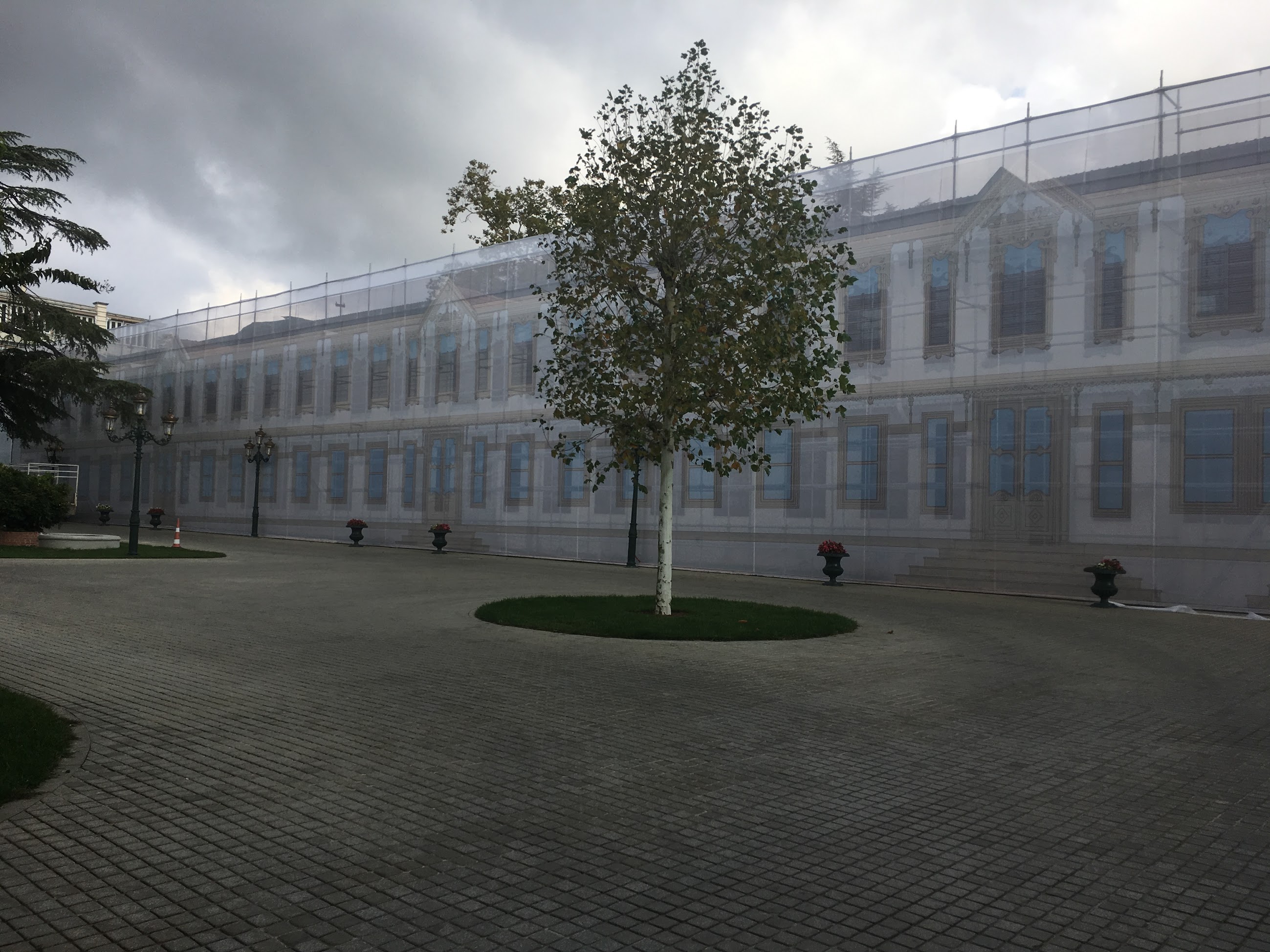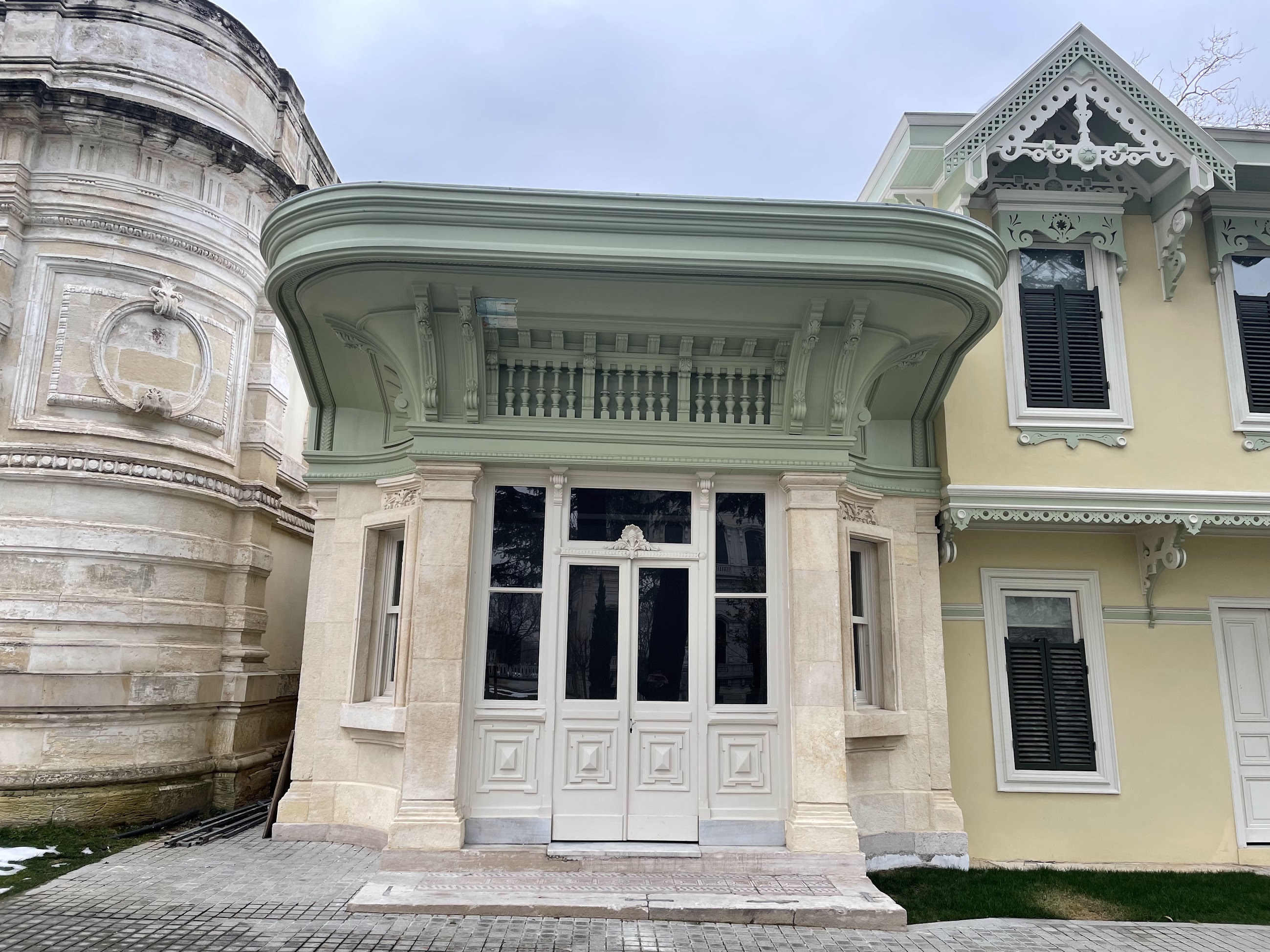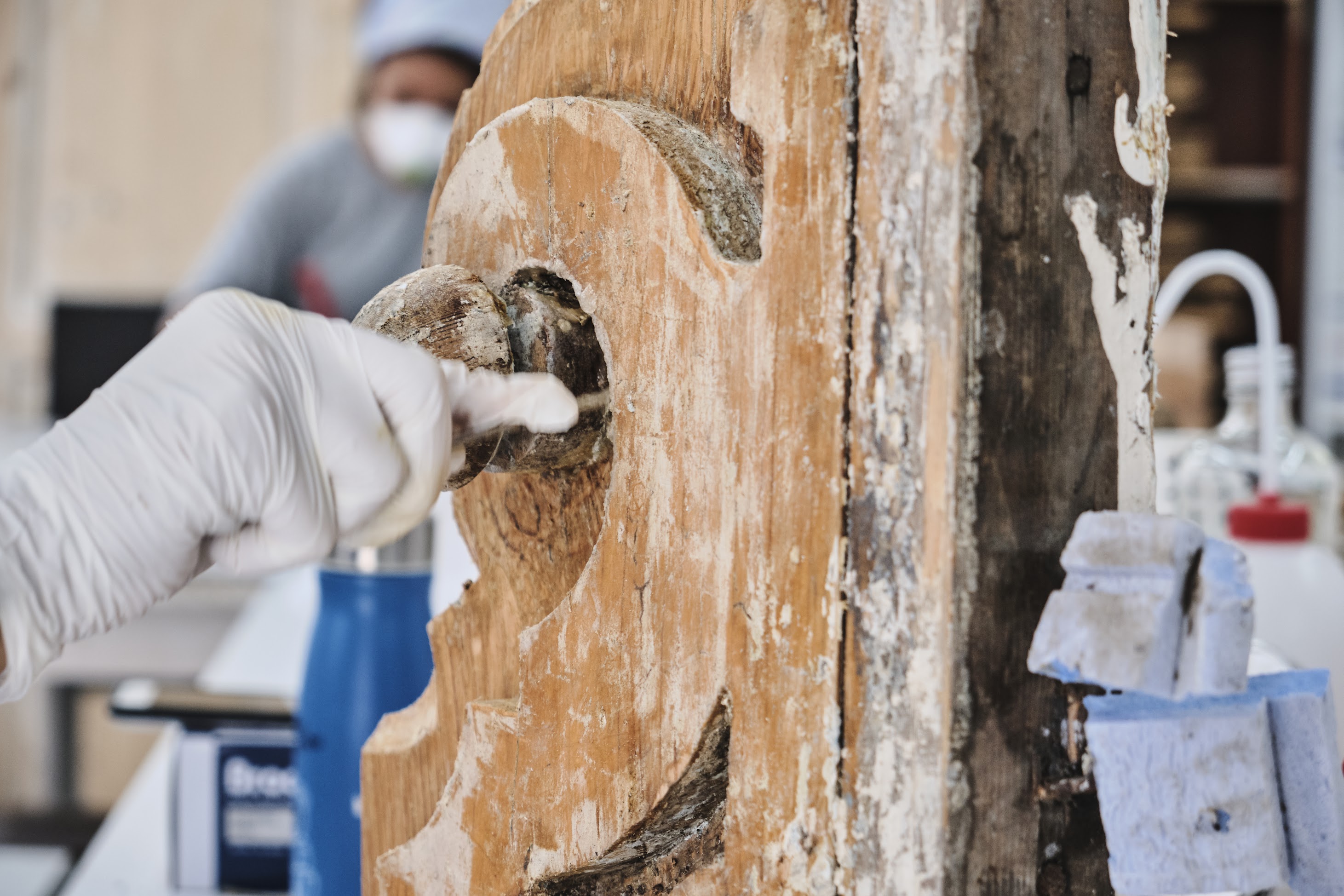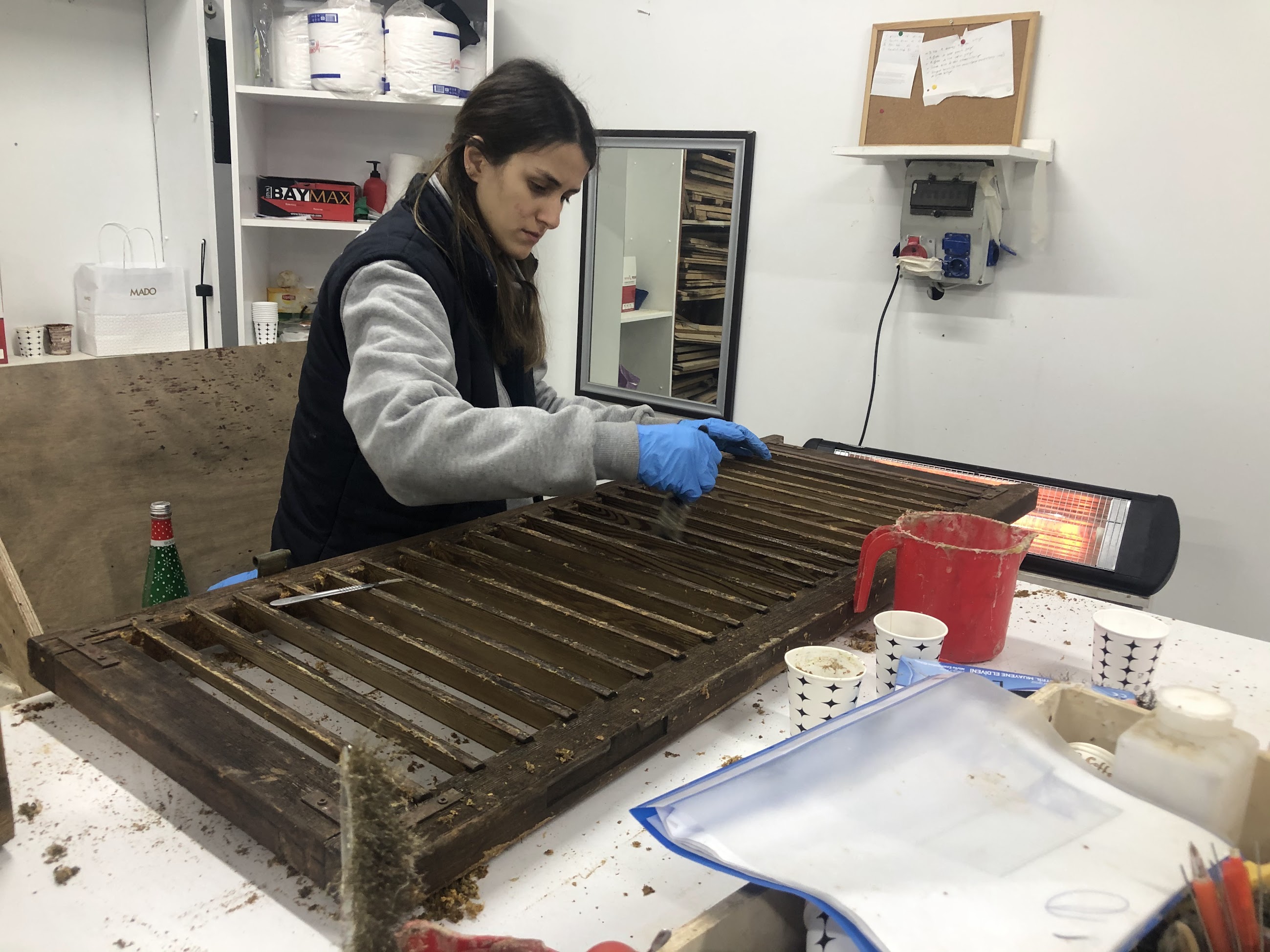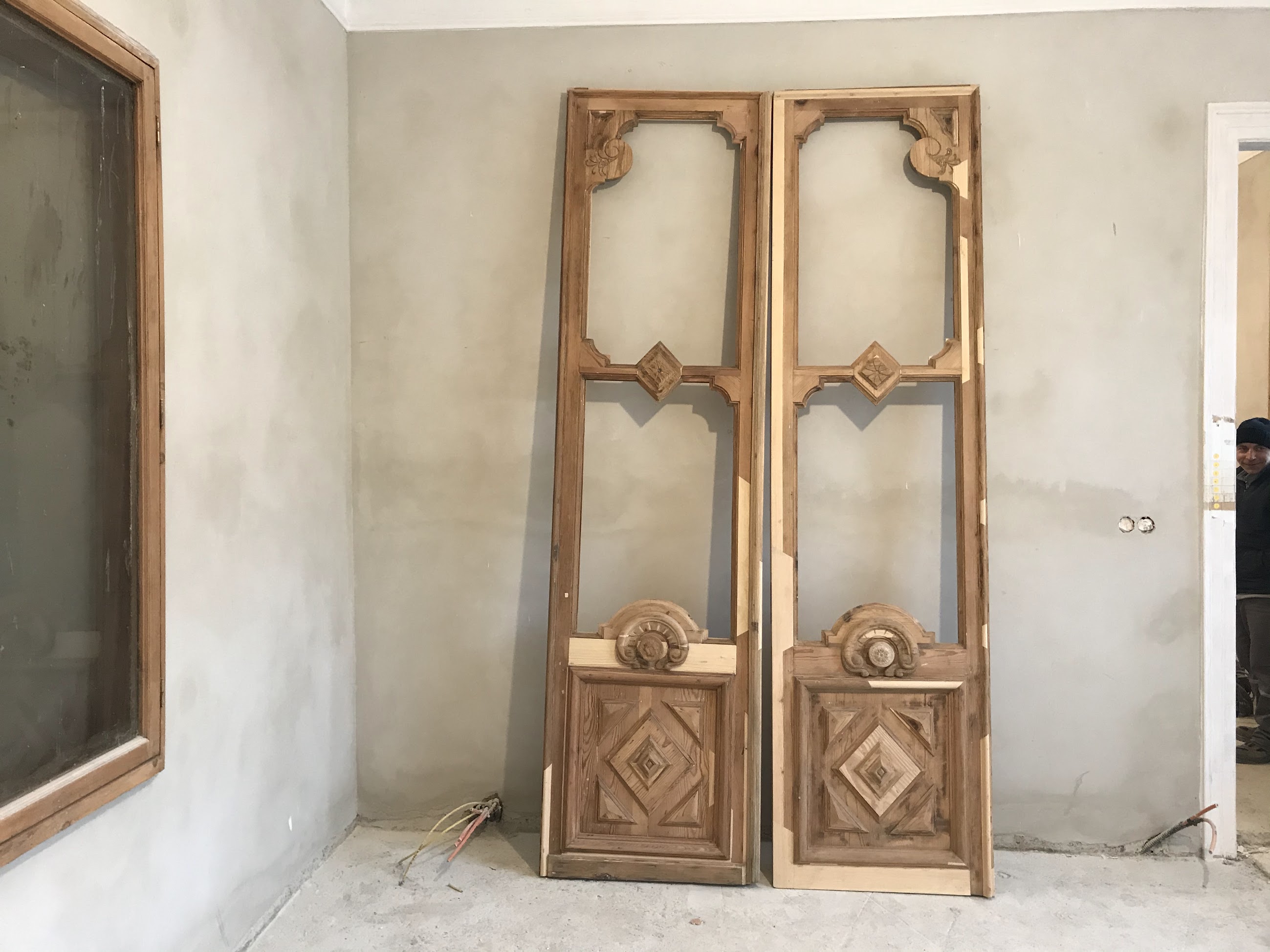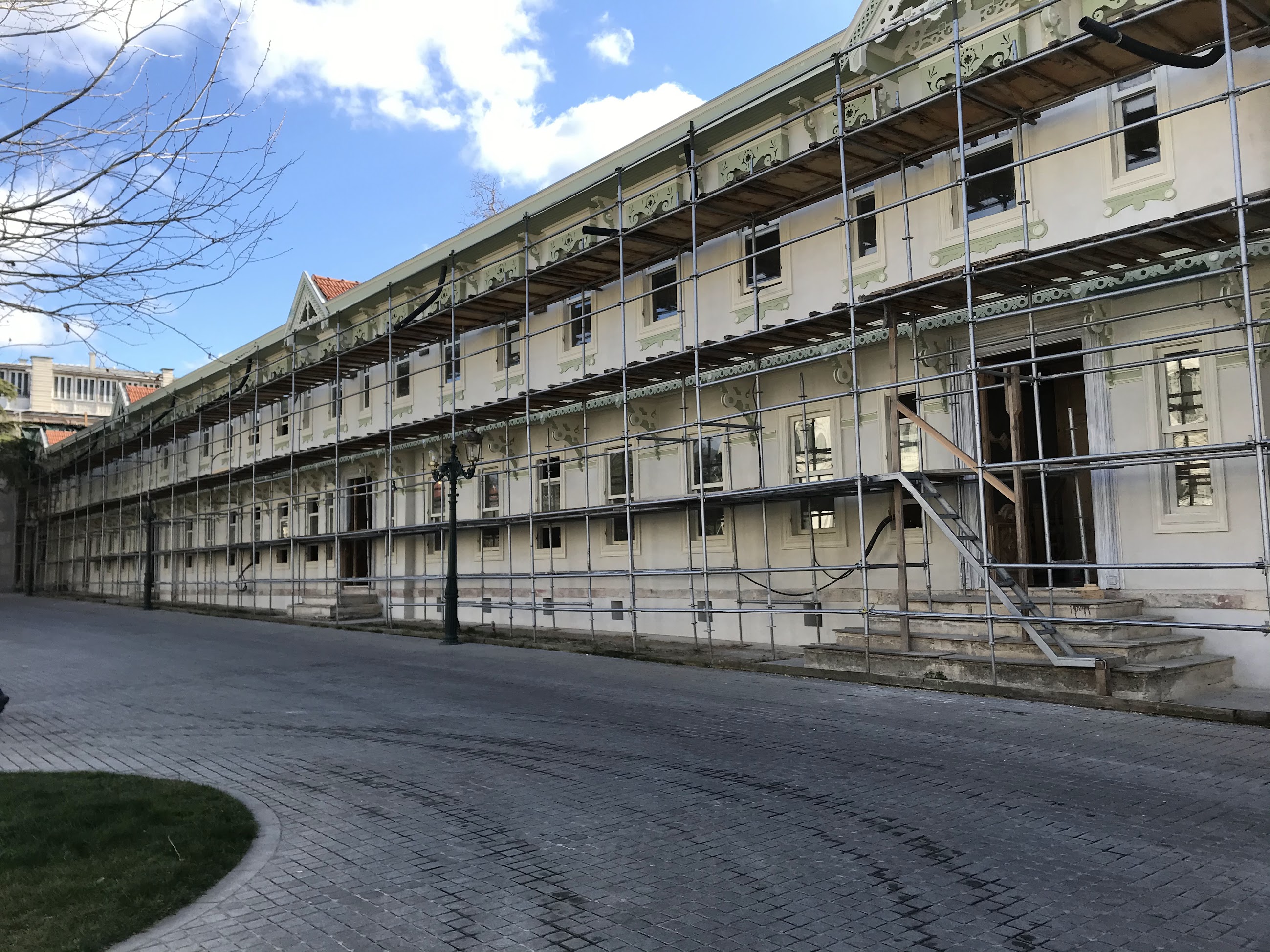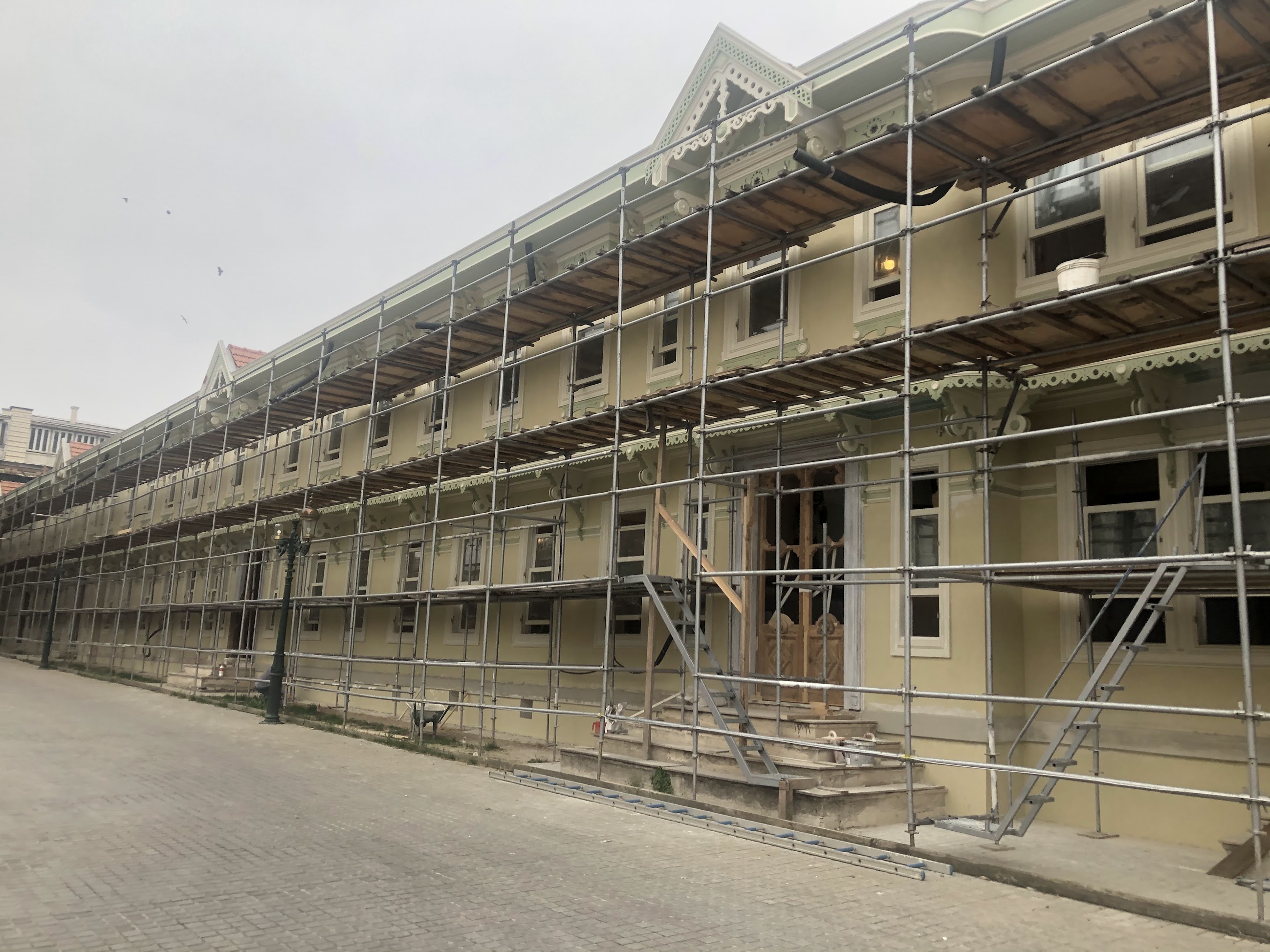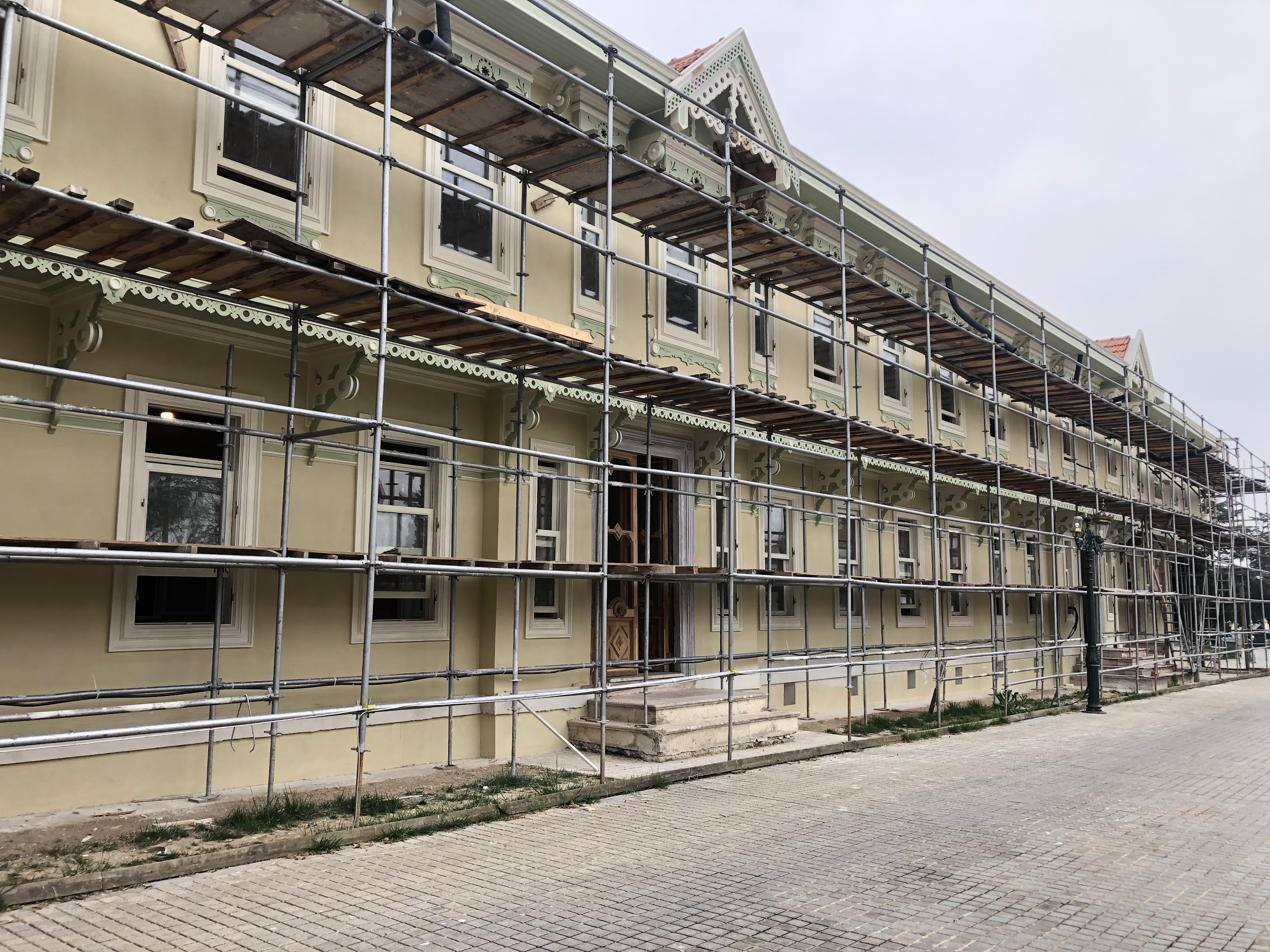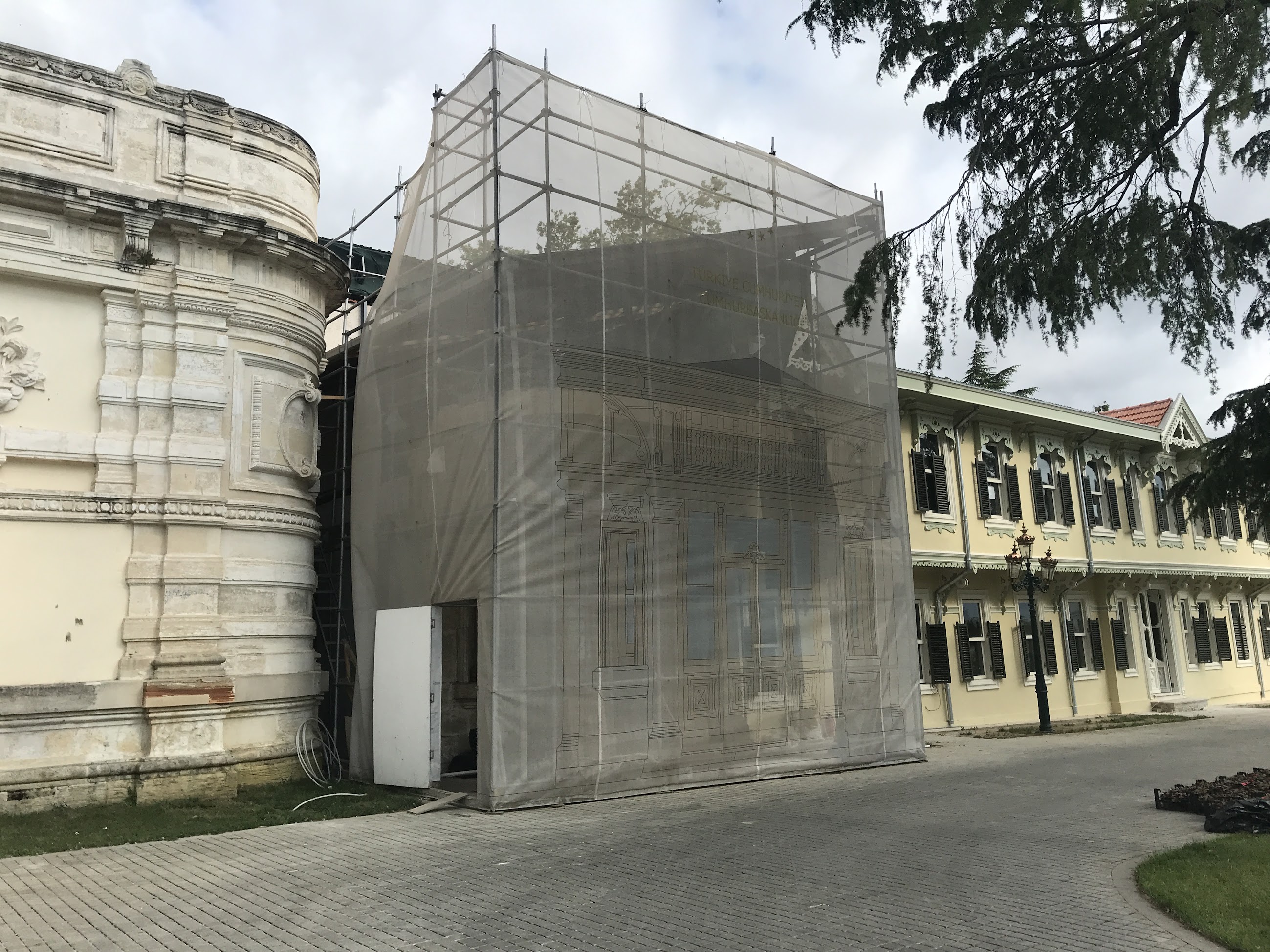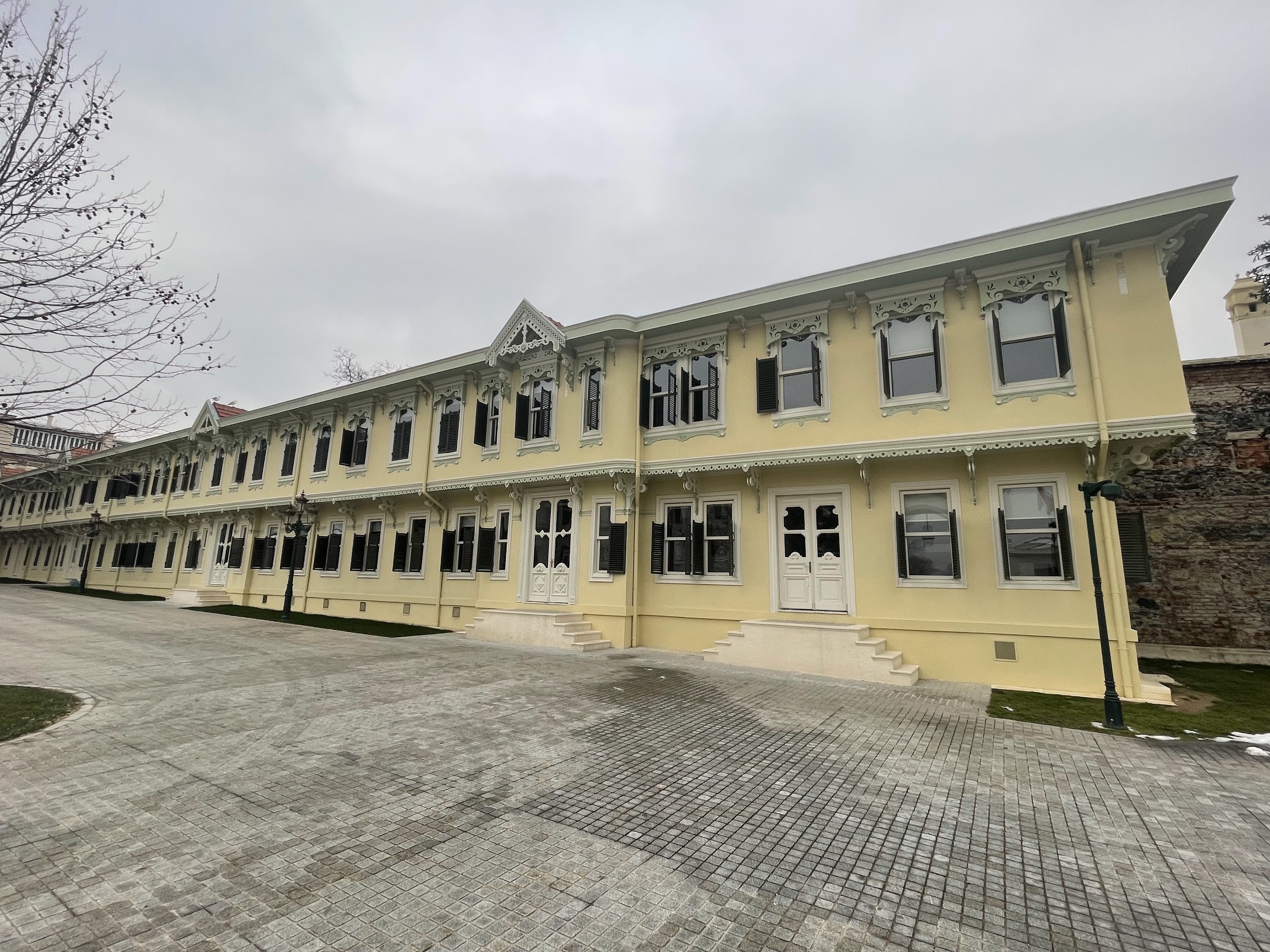YILDIZ PALACE – YAVERAN PAVILION
The Yaveran Pavilion is located within the Yıldız Palace complex, at parcel no. 1, block 232 in the Beşiktaş district of Istanbul. The exact construction date of the building is unknown, as no date appears on the architectural drawings and no relevant documents have been found in the Ottoman Archives to clarify it. Historian Afife Batur suggests the building was constructed between 1897 and 1900, while Ekmeleddin İhsanoğlu believes it was built in the early 20th century.
The structure has a long, narrow, rectangular plan, is two stories high, and made of wood. It was used as a working space for aides-de-camp and high-ranking officers of the palace. During the reign of Sultan Abdulhamid II, the Yaveran Pavilion included a telegraph room, a cipher room, and a guardroom for the chief of riflemen responsible for the security of the Sultan and his harem. The building consists of five separate sections, each with its own entrance.
With the Second Constitutional Era, various institutions were established to expand vocational education throughout the empire. Within this scope, the Istanbul Police School began operating in 1909 in the Başkitabet Office, the Chief Black Eunuch’s Quarters, and the Yaveran Pavilion of Yıldız Palace.
The building, which bears the inscription “Islamic Centre for History, Art and Culture” at its entrance, was allocated to the Organization of Islamic Cooperation. The long and striking structure is believed to have been designed by the palace architect Raimondo D’Aronco. During the Republican era, the building was used by the Military Academy and was later allocated to the Research Centre for Islamic History, Art and Culture (IRCICA). On June 6, 2017, it was transferred from IRCICA to the auspices of the Presidency of the Republic of Türkiye.
As ALBA İnşaat, we completed the restoration of the building between 2018 and 2022.

